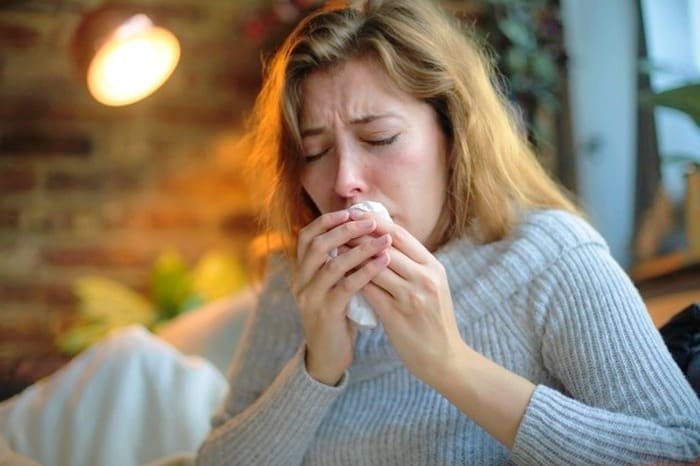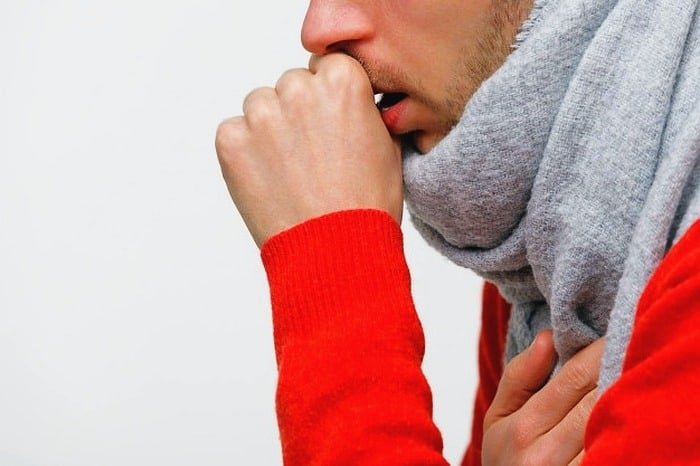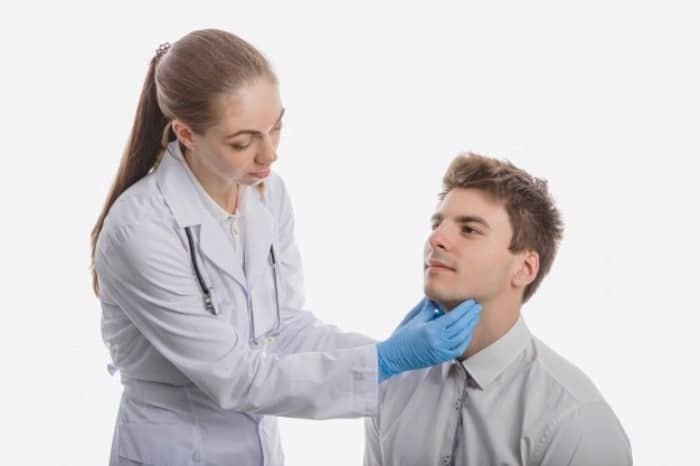Throat PhlegmDoes post-nasal drip bother you too?
What are the reasons that cause throat phlegm leading tocoughing?What does the presence of phlegm in the throat and behind the nose indicate, and what treatment is suitable for it? This article follows our previous health post.SelMagzIn this article, we will discuss other aspects related to herbal treatments for throat phlegm previously presented.

Causes of throat phlegm: What increases mucus production?
Respiratory infections such ascolds,flu, andsinusitiscan lead to increased phlegm and coughing. Allergic reactions are another reason that mucus production may increase, and even consuming spicy foods can also lead to more mucus in the nasal passages.
When you have a respiratory infection, you may notice thick phlegm that appears darker than usual. This phlegm is thicker than normal and is associated with many characteristic symptoms of colds or flu, and the phlegm that is coughed up may also appear yellow or green.

Increased throat phlegm due to a cold or flu
Other causes of throat phlegm include:
- the use of certain medications, especially medications forhigh blood pressureand pregnancy pillsphysical obstruction in the nose, particularly in children
- pregnancy
- consuming spicy and seasoned foods
- weather, cold air, or excessively dry air
- strong odors from chemicals, perfumes, cleaning agents, cigarettes, and other irritants
- a deviated nasal septum or any structural problems affecting the sinuses.
- Symptoms of throat phlegm
The presence of phlegm in the throat, especially when it drips from the back of the nose, can cause a rough voice and
- sore throat.It can cause discomfort, forcing you to frequently clear your throat.If mucus and phlegm block the sinus passages, it can lead to sinus infection or sinusitis.
- Due to the inflammatory materials in throat phlegm, it becomes inflamed and causes coughing, which often worsens at night or during naps.
- Another symptom of throat phlegm is pain and infection in the ear because this phlegm can block the Eustachian tube, which connects the throat to the middle ear, causing painful ear infections.
- Coughing is one of the symptoms of throat phlegm.
- Which parts of the body produce mucus?

Mucus is produced in various parts of the body by mucous glands in cellular membrane tissues, including the lungs, sinuses, mouth, throat, nose, and digestive tract.
What is the difference between phlegm and mucus?
Mucus refers to the phlegm produced by the respiratory system, especially when large amounts are produced and coughed up. During an infection, the phlegm contains the virus or bacteria responsible for the infection, as well as the body’s immune system cells (white blood cells).
Phlegm itself is not dangerous, but as mentioned in the health section of SelMagz, when present in large amounts, it can block the airways. Phlegm is usually expelled by coughing, typically accompanied by symptoms like
nasal congestion
,runny nose, and a sore throat.AdvertisementLearn about the advantages of surgery at the best nose surgery center in Tehran.



Thick phlegm, which accompanies many diseases, is often darker and yellow compared to normal, clear, and watery mucus.
Green mucus means that the phlegm contains white blood cells fighting an infection.
- Blood in the nose or phlegm
- is commonly seen with upper respiratory infections, especially if the inside of the nose has been irritated or scratched.
- While a small amount of blood in phlegm is normal, if there is significant bleeding, a healthcare professional should be consulted.When is excessive throat phlegm a problem?Excess phlegm is rarely a serious medical issue but can cause discomfort and sinus irritation. Increased mucus and extra phlegm can lead to many unpleasant symptoms including: runny nose, nasal congestion, sore throat,
- sinus headache
and coughing.
How to clear phlegm from the throat?How can you get rid of throat phlegm and treat it?Nasal rinsing

with
saline water
- , including with special devices, are suitable options for those who want to clear excess phlegm without medications.Using syringes and squeeze bottles are other methods for nasal rinsing.Saline sprays are also helpful.Always use sterile saline solutions or distilled water.
- Using non-sterile tap water can pose a risk of infection in the respiratory and sinus passages.
- Some medications can also help reduce phlegm and increase the body’s ability to expel it.
- Several over-the-counter (OTC) medications can also help reduce or expel phlegm.
- Cough suppressants and
- antihistamines
- are two types of medications that can help relieve symptoms of colds or flu. Suppressants reduce blood flow to the tissues of the nasal membrane and throat, meaning your body may produce less phlegm and may help you breathe easier when you have a stuffed nose. However, because they can dry you out, they may also have the unintended effect of increasing mucus thickness and should only be used under medical supervision in individuals with
high blood pressureor heart disease.Antihistamines block or limit the activity of histamines, substances created during allergic reactions that cause the mucous membranes in the nose to produce more mucus. Additionally, first-generation antihistamines can be sedating, but newer antihistamines cause little sedation and can be taken during the day.Another type of medication that can help reduce phlegm is guaifenesin, a type of medication calledexpectorants
that thins phlegm, making it easier to cough it up.
yn-adYekatantThroat Phlegm







